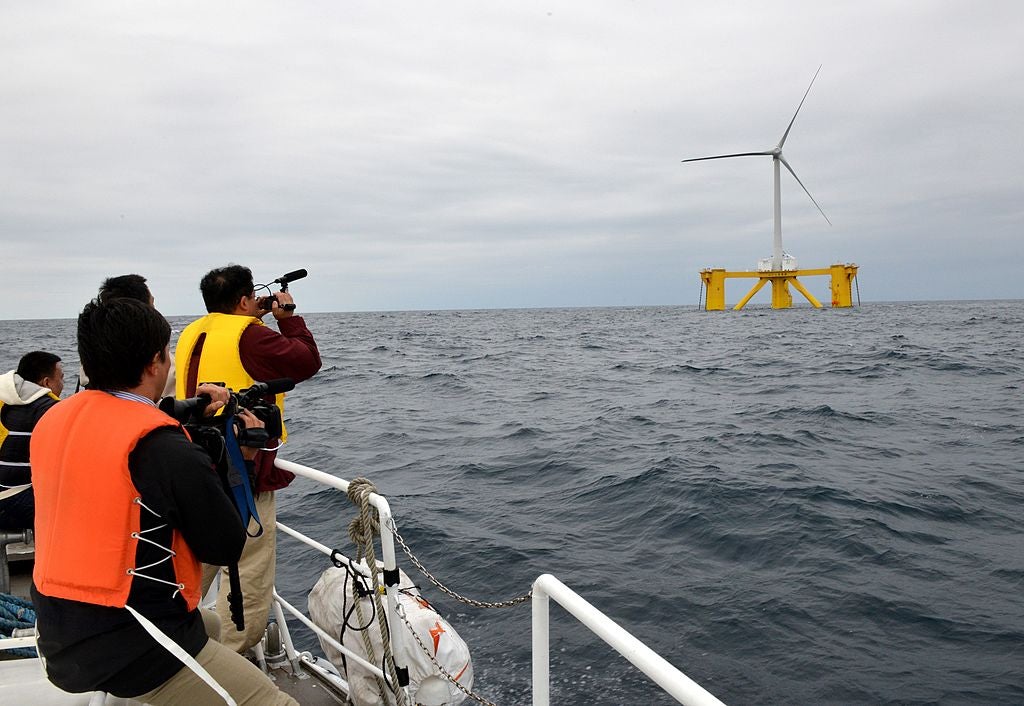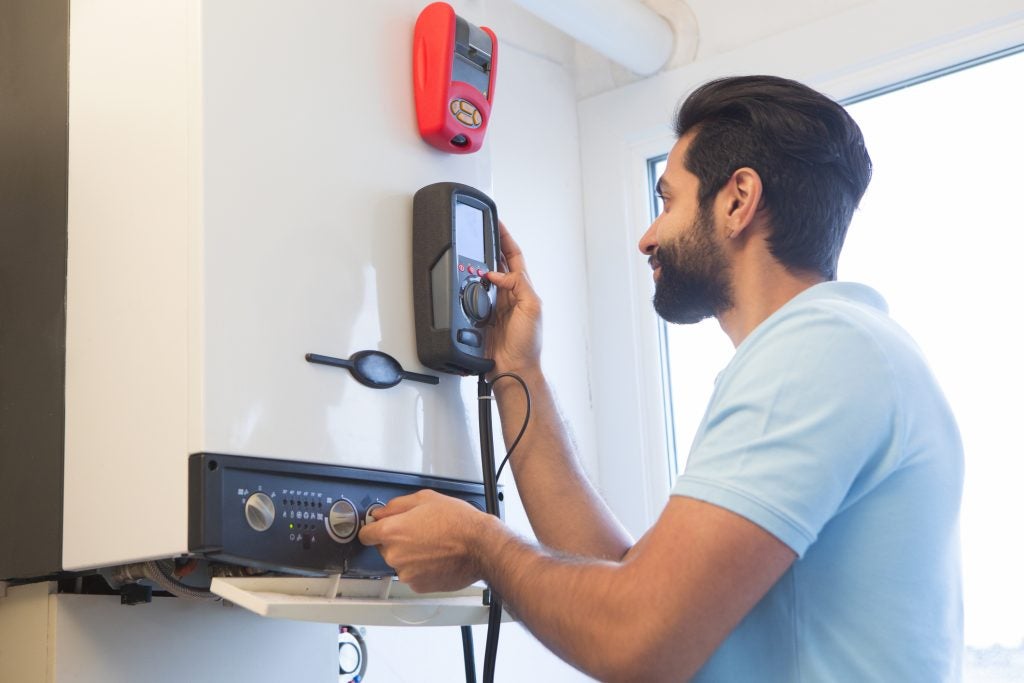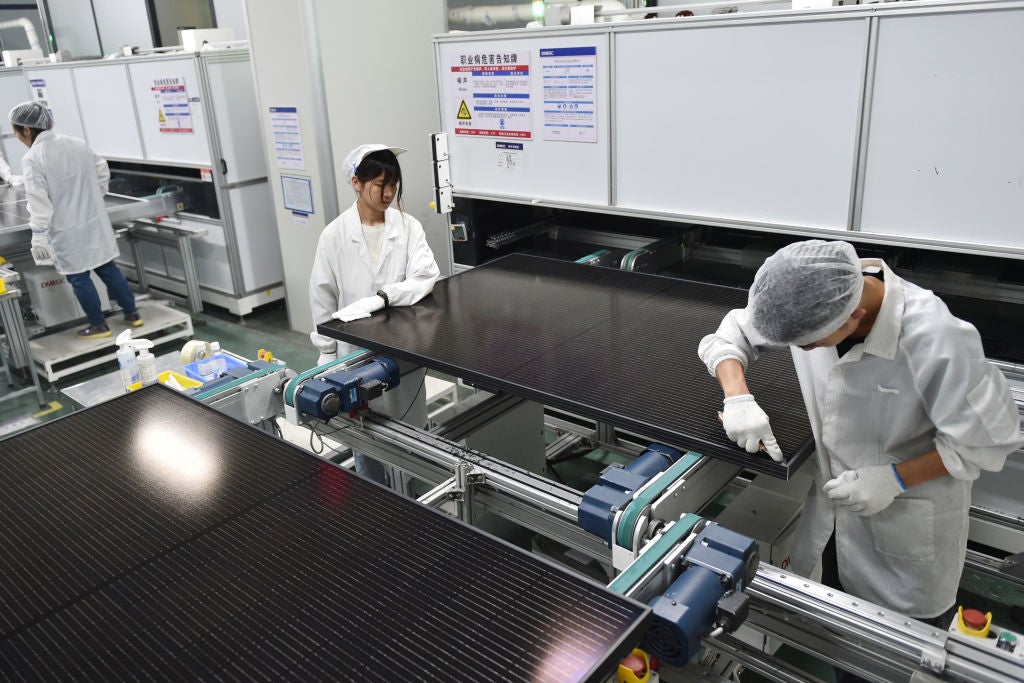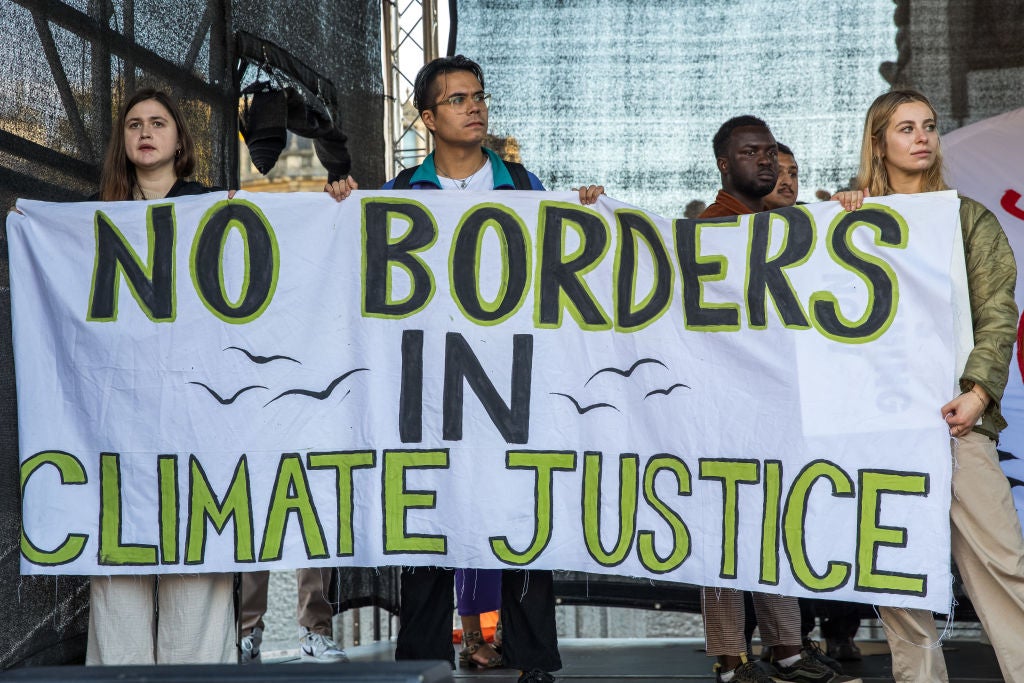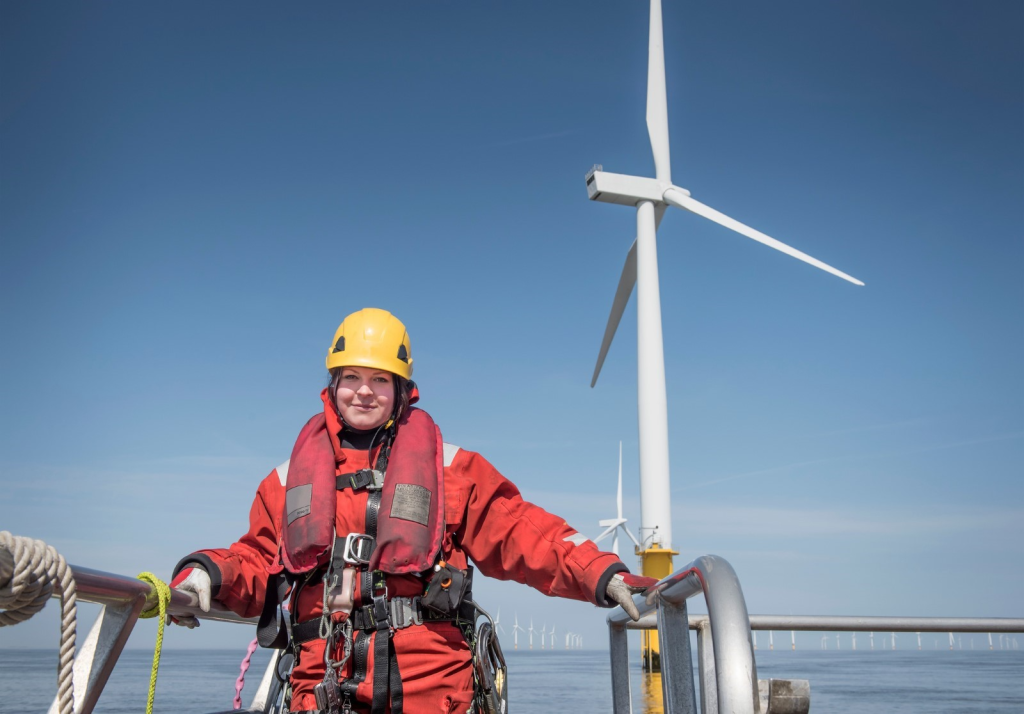In December of last year, Japan’s first commercial offshore wind farm came online, with a capacity of 140MW. It is, many hope, a sign of things to come. Blessed with a long coastline and around 90GW of bottom-fixed offshore wind resources, according to the Japan Wind Power Association, Japan is looking to dramatically grow the use of offshore wind as part of its energy transition.
There are now at least nine major projects being planned or developed in wind-rich offshore areas in central and northern Japan, and the government hopes to see 10GW under construction between now and 2030, and 30–45GW by 2040, a figure that would give the country the world’s third-largest offshore wind power fleet.
“Japan is a very attractive market for offshore wind investment, but in order to unlock that investment, it's crucial to have a road map which sketches out that volume in terms of how you will deploy and implement your target,” said Rebecca Williams, global head for offshore wind at the non-profit Global Wind Energy Council, at a March 2023 energy conference in Tokyo.
Williams and other energy analysts believe that offshore wind could play a key role in helping Japan, the world’s fifth-largest greenhouse gas emitter (sixth if you count the EU as a single entity), meet its 2050 carbon neutrality goals. However, in order to quickly ramp up and deploy offshore wind, they argue that the country needs to continue to set clear policies that incentivise foreign investment and collaboration. European companies could play a key role, with several, including the Danish company Ørsted and Norway’s Equinor, already setting up Japanese offices or doing joint ventures with Japanese companies.
“We are hopeful and positive that offshore wind will be a driver for decarbonising Japan, as well as enabling more [inbound] investment, [local] supply chain growth, and being a contributor to energy security,” says Henriette Holm, the country manager for Ørsted Japan.
A burgeoning industry
As an archipelago, Japan has the world’s seventh-largest coastline and sixth-largest Exclusive Economic Zone, making offshore wind an attractive choice. Moreover, wind can fill a big gap, says Yoshinori Ueda, general manager for international affairs and communication at the Japan Wind Power Association, an industry group.
“We must increase renewable energy to achieve net-zero emissions,” says Ueda. “Unfortunately, Japan is a mountainous country and most of the population lives in a narrow flat area. Large hydro is already completed, there isn’t much space for [large-scale] solar, biomass cannot gather enough renewable materials and geothermal competes with the hot spring industry. Only offshore wind power has a large potential.”
Since 2013, the government, led by the Ministry of Economy, Trade and Industry, has been holding auctions for designated offshore wind sites in the Chiba and Akita prefectures. So far, the rights to develop 3.5GW of the 10GW-by-2030 goal have been awarded.
“So far, we are exceeding our goal of 1GW a year,” said Takahiro Ishii, the director of wind power policy at Japan’s Agency for Natural Resources and Energy, at the March 2023 conference. “Going forward, we would like to continue to exceed 1GW, identify more sites and select the operators for new projects between now and 2030.”
Some European companies have already begun investing in the Japanese market. For example, Ørsted has formed a partnership with Japan Wind Development Company and Eurus Energy to develop two offshore wind farms in the Akita prefecture, and is hoping to continue to expand its presence in the country. British-based Marine Power Systems is working with JGC Japan on floating offshore wind turbines and Norway’s Equinor is working with Japan’s largest power producer, Jera, to bid for the next round of offshore sites, which will be held later this year.
Floating offshore wind’s potential in Japan
There could be much more to come. Because Japan’s seabed drops dramatically off the coast, there is not much space for traditional bottom-fixed offshore wind farms, which are built on shallow seabed. But floating offshore wind technology could dramatically expand the area available for wind installations and expand the generation potential to 8,000 terawatt-hours – more than eight times the country’s annual electricity demand. Japan has a larger Exclusive Economic Zone than all of Scandinavia.
“Japan is very well-placed to capitalise on the growth of floating offshore wind,” says Williams. “There is a real opportunity to unlock wider investment and to really position Japan as a floating wind leader.”
According to Ishii, this is already part of the government’s plan. “We will have a demonstration project for floating offshore wind, and an auction for that, in the late 2020s,” he said.
Christoph Zipf, communications manager at WindEurope, the European wind industry association, says widespread commercial deployment of floating offshore wind could come soon.
“Now we have four floating offshore wind farms connected and producing electricity in Europe,” says Zipf, noting, however, that the largest is only 100MW, or fairly small compared with most bottom-fixed offshore wind projects built today. “The results have been quite positive. We have seen that floating offshore wind can be built much further offshore, with high capacity factors. Floating has the potential to make wind energy generation even more steady and reliable.”
Japan is not the only Asian nation looking to expand its offshore wind industry. Nearby Taiwan is a leader, expecting to add 6.6GW by 2027, and South Korea and Vietnam are also looking to expand the role of floating offshore wind. Energy analysts believe the potential for floating offshore wind in Asia could be as much as $58bn. In this competitive environment, Japan needs attractive policies to attract European investment, says Zipf.
“It really boils down to who has the most credible commitments, who can get maritime spatial planning right, identify the sites, and offer the right support mechanisms and incentives for companies to invest in Japan rather than in other places,” says Zipf.
Collaboration is growing. In early 2021, six European and Japanese companies launched a floating offshore wind group, setting a floating wind target of 2–3GW in Japan by 2030. Although not a member of this group, Ørsted Japan is hopeful about playing a role in this emerging sector.
“We are just at the very early start,” says Holm. “There is huge potential for Japan, its industry and investment opportunities if they take the plan forward in the long term. Japan has a chance for offshore wind to be its main power source.”
[Link src="https://www.energymonitor.ai/all-newsletters/" title="Keep up with Energy Monitor: Subscribe to our weekly newsletter" font-size="20px"]Another challenge will be building grid transmission infrastructure so that electricity produced in remote areas where there is ample floating offshore wind potential, like Akita in the north of Honshu or the island of Hokkaido, can reach the densely populated Tokyo, Osaka and Nagoya metropolitan areas.
Japan plans to build an HVDC (high voltage direct current) undersea cable from Hokkaido to Honshu “to take advantage of the potential sites for renewables”, said Ishii, adding that the government will also invest in improving grid capability in central Japan to improve reliability.
For Nathalie Oosterlinck, the head of global offshore wind at Jera, beyond the energy transition and net-zero goals, floating wind can provide Japan with something the resource-poor, fossil fuel import-dependent country has lacked.
“What offshore wind can also bring to Japan is energy independence,” said Oosterlinck in March. “There is a huge potential for Japan to create a new economy in building out port infrastructure and a supply chain locally for offshore wind farms.”


